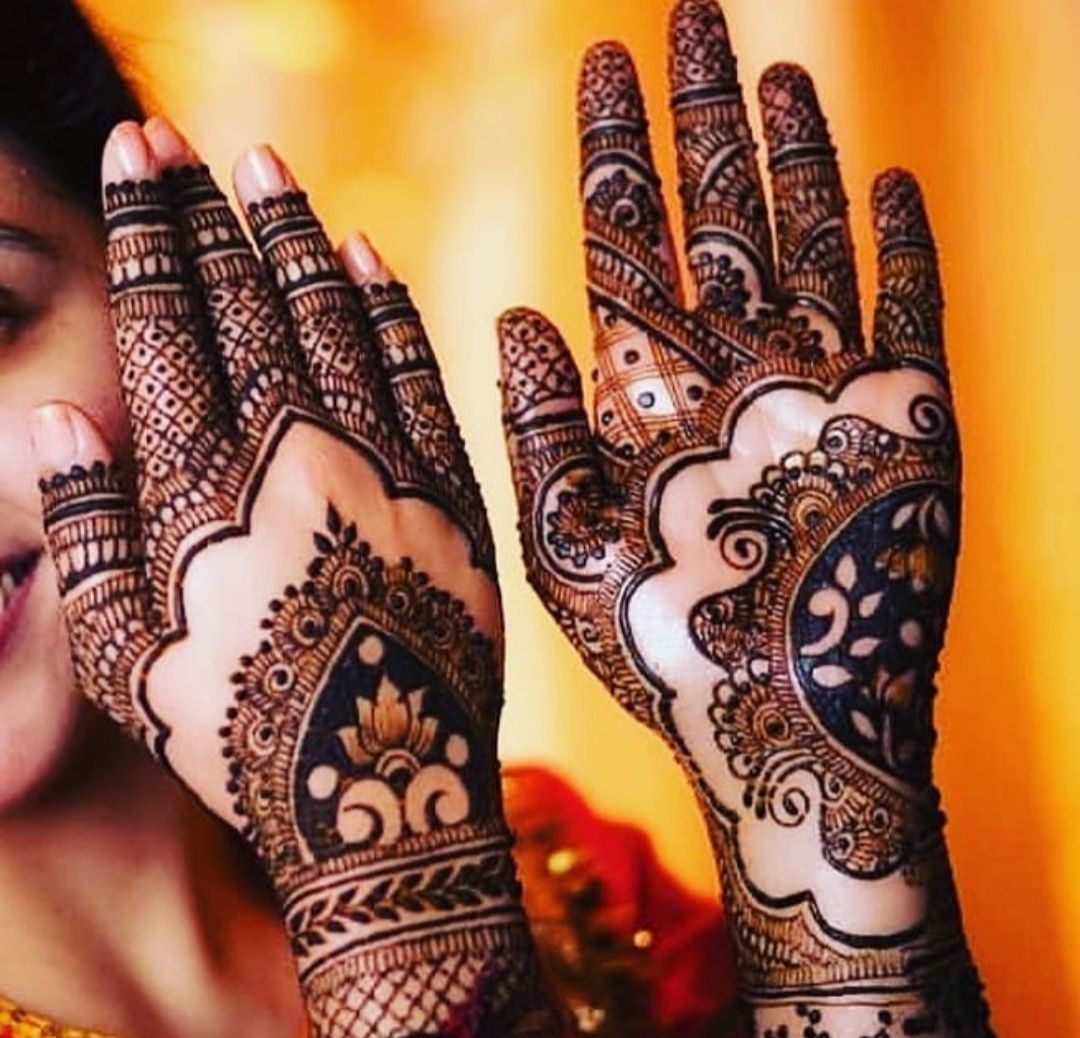Introduction
- The Origins of Mehndi: A Rich Cultural Tradition
- The Significance of Mehndi in Different Cultures
I. The Artistry of Mehndi Design
- Tools and Materials: Unveiling the Secrets Behind the Perfect Mehndi
- Traditional Mehndi Designs: A Timeless Elegance a. Indian Mehndi Designs: Bold and Elaborate Patterns b. Arabic Mehndi Designs: Flowing and Intricate Motifs c. Pakistani Mehndi Designs: A Harmonious Blend of Indian and Arabic Styles
II. Mehndi Design Techniques
- Freehand Mehndi: Embracing Creativity and Spontaneity
- Stencil Mehndi: Precision and Replicability
- Glitter and Colored Mehndi: Modern Variations on a Traditional Art
- Fusion Styles: Experimenting with Mehndi and Other Art Forms
III. Mehndi for Different Occasions
- Bridal Mehndi: A Symbol of Love, Beauty, and Tradition a. Traditional Bridal Mehndi: Intricate Patterns and Symbolism b. Contemporary Bridal Mehndi: Incorporating Personalization and Trends
- Festive Mehndi: Celebrating Joy and Unity a. Eid Mehndi: Traditional Designs and Festive Spirit b. Diwali Mehndi: Sparkling Lights and Delicate Patterns c. Other Festivals: Mehndi Across Various Cultural Celebrations
- Mehndi for Special Events: Birthdays, Anniversaries, and More
IV. Mehndi Design Tips and Techniques
- Preparing the Skin: Essential Steps for Long-lasting Mehndi
- Mehndi Application: From Basic Lines to Intricate Details
- Aftercare and Maintenance: Ensuring a Beautiful and Long-lasting Design
Mehndi, also known as henna, is a traditional form of body art that originated in ancient India and has since spread to various parts of the world. It involves the application of a paste made from the dried leaves of the henna plant on the skin, resulting in a temporary stain that ranges from a light orange to a deep reddish-brown color. The art of mehndi holds significant cultural and social importance in many communities, particularly during festive occasions like weddings, festivals, and religious celebrations.
A mehndi design is a delicate and intricate pattern created using the henna paste. These designs are typically applied to the hands, feet, and other parts of the body, and they vary in complexity and style depending on the region and cultural traditions. The designs often feature floral motifs, geometric patterns, and intricate details that intertwine to form stunning compositions.
Mehndi, also known as henna, is a traditional form of body art that originated in ancient India and has since spread to various parts of the world. It involves the application of a paste made from the dried leaves of the henna plant on the skin, resulting in a temporary stain that ranges from a light orange to a deep reddish-brown color. The art of mehndi holds significant cultural and social importance in many communities, particularly during festive occasions like weddings, festivals, and religious celebrations.
A mehndi design is a delicate and intricate pattern created using the henna paste. These designs are typically applied to the hands, feet, and other parts of the body, and they vary in complexity and style depending on the region and cultural traditions. The designs often feature floral motifs, geometric patterns, and intricate details that intertwine to form stunning compositions.
Mehndi designs are created using various techniques. Traditionally, the henna paste was applied using a cone-shaped applicator, allowing the artist to draw intricate lines and shapes with precision. Nowadays, stencils and other tools are also used to create more intricate and uniform designs. Artists may incorporate elements of personal creativity and cultural symbolism into their designs, making each mehndi artwork unique.
The application process begins with the preparation of the henna paste, which involves grinding the dried henna leaves into a fine powder and mixing it with water, lemon juice, and essential oils to create a smooth, thick paste. The paste is then applied to the skin, and as it dries, it leaves behind a reddish-brown stain. The longer the paste is left on the skin, the darker and longer-lasting the stain will be.
Mehndi designs not only serve as a form of body adornment but also hold cultural significance. In many cultures, mehndi is believed to bring good luck, blessings, and protection from evil spirits. It is also seen as a symbol of beauty, femininity, and celebration. Mehndi ceremonies often involve a gathering of family and friends, where the bride-to-be and other women get their hands and feet adorned with mehndi designs, creating a joyful and festive atmosphere.
In conclusion, mehndi designs are an integral part of traditional body art, cherished for their intricate beauty and cultural significance. They continue to be a vibrant and cherished form of expression, connecting people to their cultural roots and serving as a visual representation of celebration and joy.
Conclusion
In conclusion, Mehndi design is a captivating art form that holds immense cultural and aesthetic significance. Its intricate patterns and designs have been passed down through generations, symbolizing love, beauty, and celebration. With various techniques and styles, including traditional and contemporary approaches, mehndi offers a plethora of possibilities for personal expression and creativity. Whether for weddings, festivals, or special occasions, mehndi has the power to transform hands and feet into stunning canvases of intricate beauty. Embracing the rich heritage and timeless elegance of mehndi design allows us to appreciate the artistry and cultural significance of this ancient tradition.

